Fine Dining in Southern Kentucky
Bowling Green
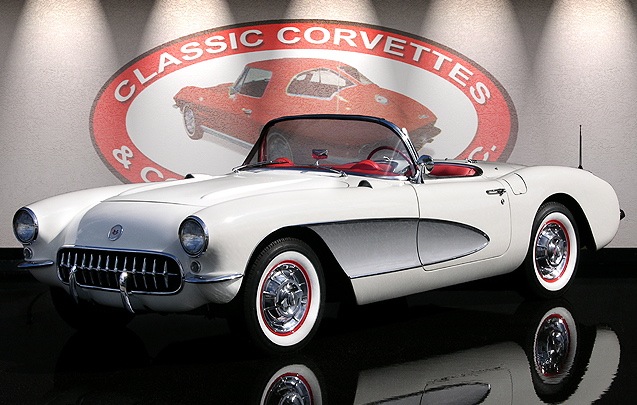
Fine Dining in Southern Kentucky Bowling Green |
|
From a restaurant perspective, Bowling Green is a surprising city. Its population is only 40,000 and for an hour in any direction it is surrounded by towns of 10,000 or less. Its only claims to fame are Western Kentucky University and the Corvette factory. One would not expect a culinary center in such a place. But Duncan Hines (right), who created and popularized the concept of "eating out," lived in Bowling Green. He was not at first held in much esteem by the food establishment since he was not from New York or Paris and did not consider their restaurants automatically the best. He insisted on visiting and reviewing small town eateries which served the kind of food real families fixed in their own kitchens, like the Hot Brown below right. He was the first food critic to consider ethnic and nationality food as legitimate cuisine, and he was just as happy in the backwoods South as he was in Chicago or Boston. The food critics of the Northeast were perplexed to find his books and restaurant guides selling hundreds of thousands of copies and restaurants he recommended enjoying great popularity. What was happening was that Hines came along just as people were leaving the farm for paycheck jobs, and for the first time a Middle Class was rising with income to spend and time to spend it at restaurants. He rode the crest of that middle class wave to a prosperous career and lived to see the same critics who had dismissed him finally come around to his point of view. The Duncan Hines home can still be seen along 31North in the Northgate neighborhood. It now houses the Hardy Brothers Funeral Home, which is a mixed blessing. Its profile has been altered somewhat, which is unfortunate. However, the building has also been meticulously maintained rather than deteriorating, which has been the fate of so many historically important buildings. There is an annual Duncan Hines Festival, and his books, especially the classic Adventures in Good Eating, can still be bought, either in bookstores or online. He remains a towering figure in the world of food, cooking and restaurants. |
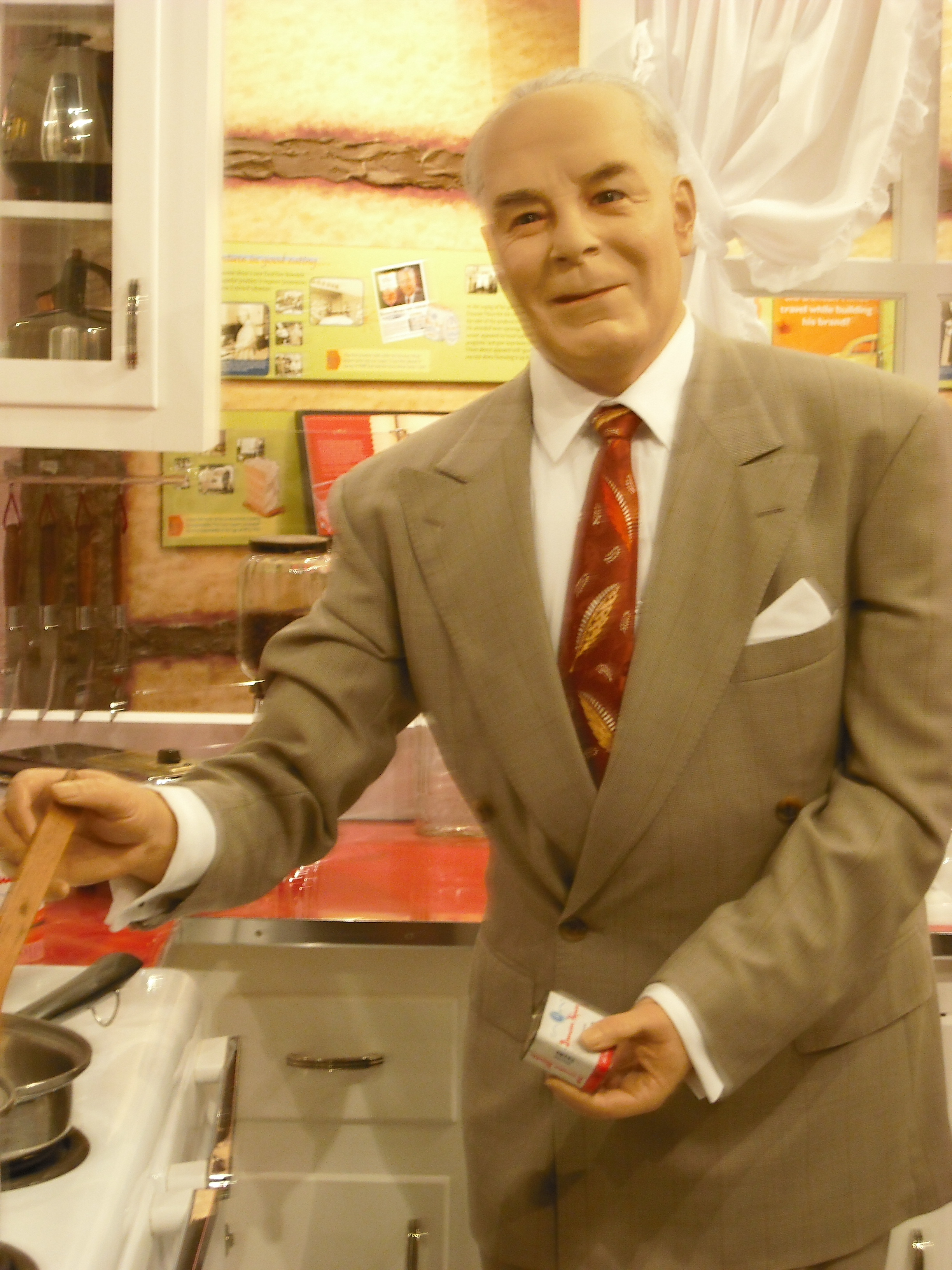 |
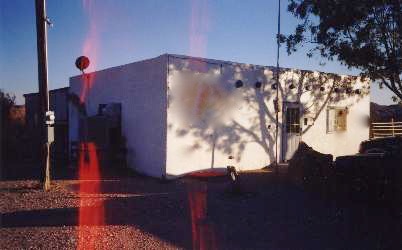 |
While Hines was travelling the country visiting restaurants, back home in a town with only 10,000 population three places opened which gave locals reason to eat out. The Glass Tower, a classy operation on the north shore of the Barren River, brought big city elegance and exotic menu items to the steak and potatoes folk. It became the place to go for special occasions. The College Street Inn just down from the town square became one of the first great commercial cafeterias in the country. And over along Route 31W, across from where the Kroger now stands, The Hole In The Wall (glaring in bright sun at left) became a cult favorite among students at nearby Western Kentucky University and the blue collar workers of the area. It offered a basic menu and six tables and passed the food out through a hole in the concrete block wall. Prices were dirt cheap. The food was a mix of Southern black, Kentucky mountain, and "Shantyboat." But the cooking was superb, and once Duncan Hines discovered the place on a visit home and wrote about it, you had to wait in line outside to send in your order and get your plate. |
When I-65 came through connecting Louisville and Nashville, the commercial focus of Bowling Green shifted from dowtown and the river to Scottsville Road, the connector road from the town square to the interstate. Today, 30 of Bowling Green's restaurants are out along Scottsville Road. However, some of the city's finest restaurants are still downtown. Just be aware Bowling Green is still a country town at heart and places here close early. This is the Barbeque capitol of the world. There are seven kinds of BBQ and you can find restaurants here offering each of them. The Smoky Pig on the north end (Northgate)is the most famous, having been featured on various TV shows and written about in numerous national magazines. But the others are all good.
|
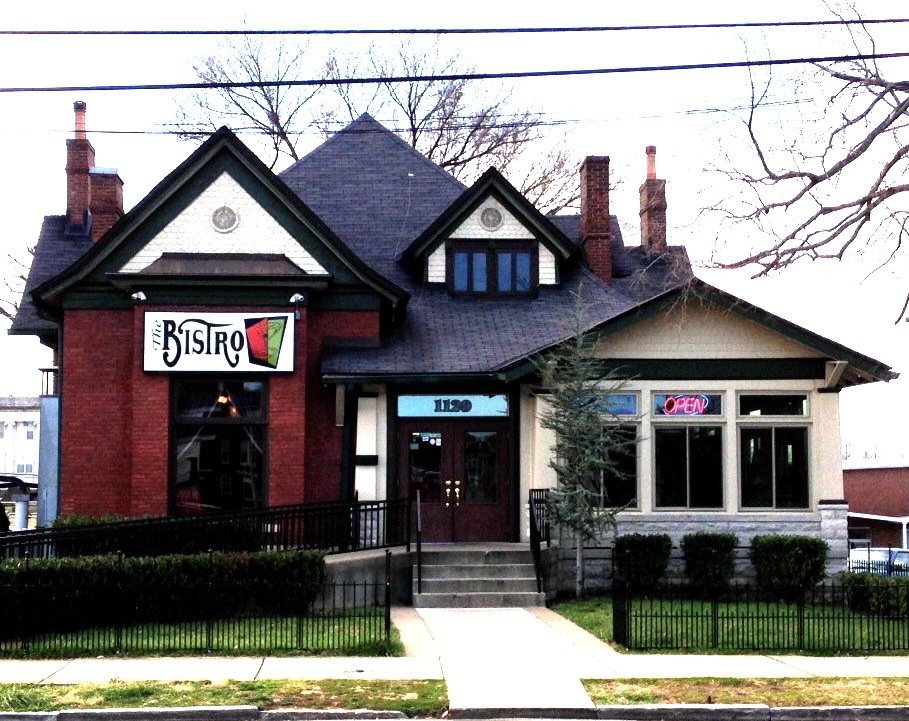 |
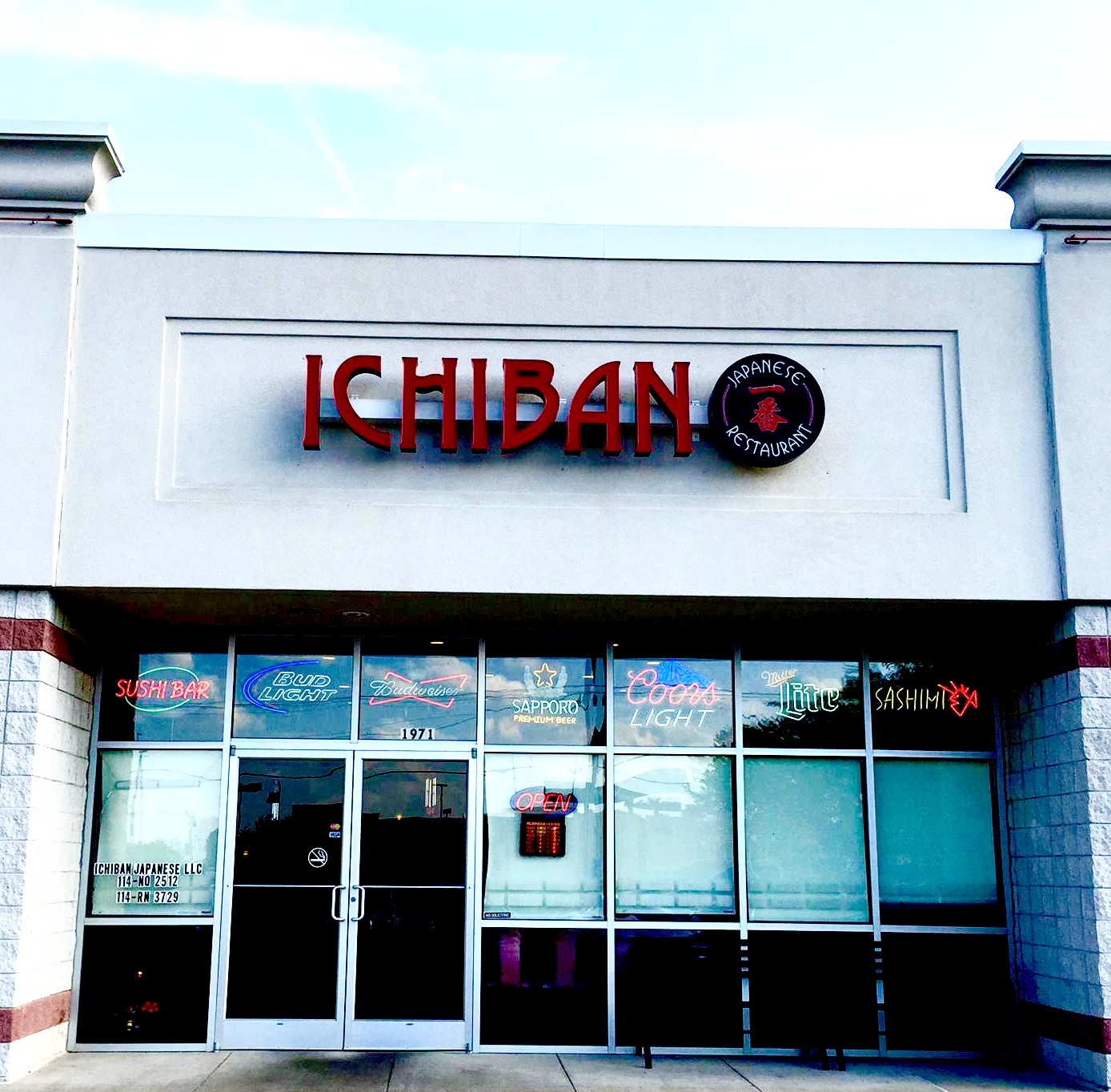 |
One of the curiosities of Bowling Green is the ethnic mix of its restaurants. Oddly enough, Italian is not popular, but Mexican is huge. The Mexican restaurants here are locally owned and are among the best in the nation. Indian is a close second. Chinese is third. The second curiosity is the popularity of Japanese restaurants. Who would have thought that in a small city of basically agricultural and blue collar heritage Japanese food would rank third behind only Chinese and Mexican? Western Kentucky is one of the Barbecue capitals of the world but there are more Japanese outlets here than Barbecue. At the Japanese restaurants, Sushi does not enjoy the popularity it does in the bigger cities. Bowling Green folk prefer the other items on a typical Japanese menu. Thai is also big here. The Thai restaurant downtown is as good as any in the country and Thai items can be found in many other restaurants. Seafood is not big here but Catfish is. It's offered as an entree at many of the restaurants. With no local Italian tradition, the Pizza is disappointing. It's corporate pizza, often shipped in frozen and merely defrosted. There are no little old Sicilian grandmothers making the pizzas in a brick oven in the back room.
|
|